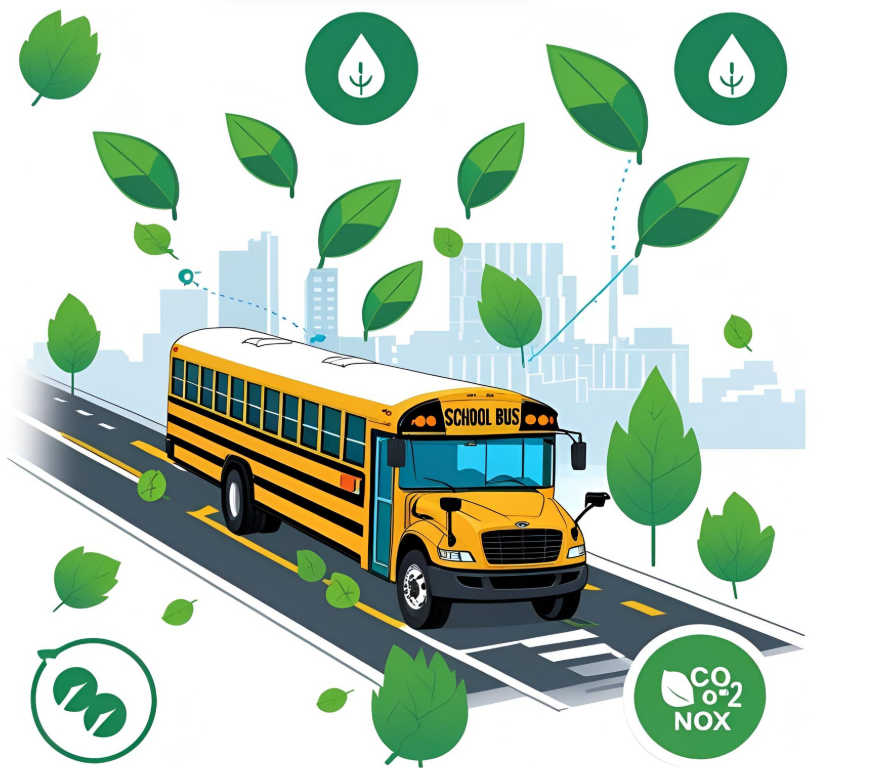
When we think about school transportation, the conversation often focuses on safety, timing, and efficiency. But there’s another benefit that’s often overlooked: the environment.
By optimizing school bus routes, schools can significantly reduce their carbon footprint — and make a meaningful contribution to sustainability efforts.
Let’s break it down:
Fewer buses, less fuel
With smarter route planning, schools can cover the same student population using fewer buses. That means less fuel consumption, fewer emissions, and lower operating costs — all without compromising service.
Shorter routes = reduced idling
Optimized routes mean buses spend less time stuck in traffic or waiting at stops. This helps minimize idling time, which is a major source of unnecessary pollution — especially in dense urban areas.
Consolidated pickups
Route optimization often enables better planning of pickup points. Instead of multiple stops in close proximity, one centralized pickup can serve several students safely. This reduces the number of stops per route, helping both the environment and the schedule.
Data for long-term improvement
With the right software, schools can monitor route performance and emissions over time. These insights can be used to further refine operations, pursue eco-friendly transport options, or even apply for green initiatives and certifications.
A greener future starts with smarter routes
School transportation doesn’t just move children — it can also move us toward a more sustainable future. Route optimization is one small change that brings big results, for schools and the planet.